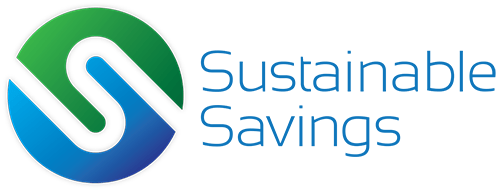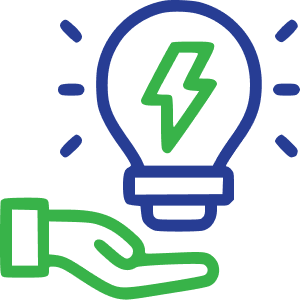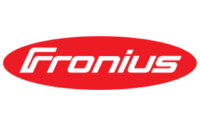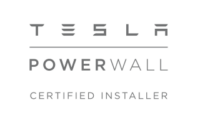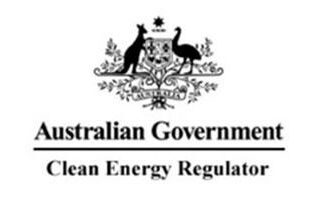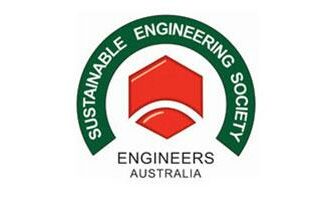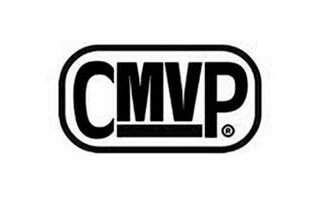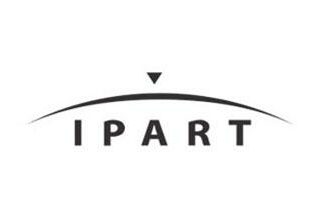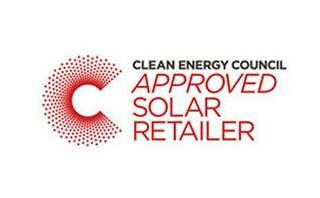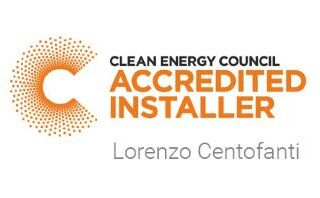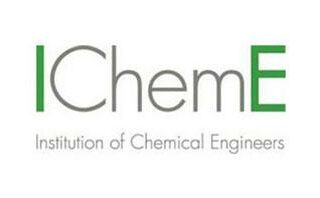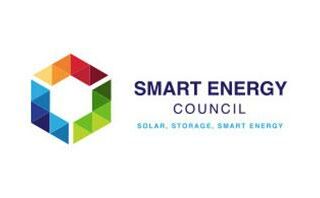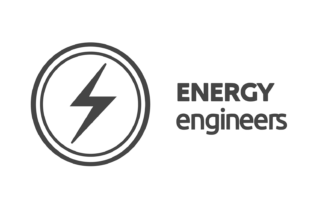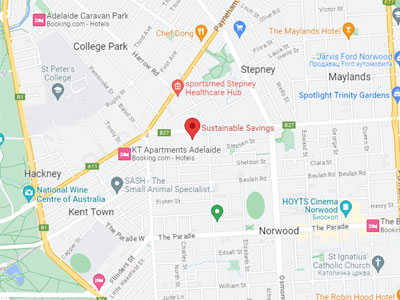Trusted by
Powerful 30kW Solar Systems
Enjoy more signficiant energy saving potential for your business with an efficient and powerful 30kW solar system.
Are you looking to save between $10,000 and $20,000 per annum? A 30kW system is designed to meet your business’s high energy demands.
At Sustainable Savings, our state-of-the-art solar solutions ensure optimal efficiency and reduced operational costs. With a commitment to sustainability, we offer end-to-end services, from consultation and custom design to installation and maintenance. If you’re ready to harness the power of the Australian sun to generate clean, reliable electricity for your commercial space, we’re ready to support you.
Elevate your environmental stance while enjoying impressive ROI through substantial energy bill reductions.
Join the green revolution and solidify your business’s energy future by speaking to a member of our team on (08) 7120 6366 to learn more about a 30kW solar system.
What Are The Best Types Of 30kW Solar Systems?
The best types in South Australia typically include high-efficiency panels from reputable brands, advanced inverters for optimised energy conversion, and durable racking systems to ensure stability.
Monocrystalline or polycrystalline panels are commonly chosen for their efficiency and reliability. String inverters, microinverters, or power optimisers are used to maximise energy production and manage shading issues. Quality components, warranties, and system monitoring capabilities are also essential.
At Sustainable Savings, our customised solutions are tailored to the specific energy needs and site conditions of your business. For help finding the solar system that’s best for you, get in touch on an obligation-free call today.
What Factors Affect 30kW Solar Systems Cost?
The cost of a 30kW system in South Australia can vary based on several factors including the type and brand of solar panels, the type of inverters, installation complexity, additional equipment, and local market conditions.
The cost could be influenced by factors like government incentives, rebates, financing options, and the specific requirements of your business.
For a quote tailored to your needs, reach out on (08) 7120 6366 today.
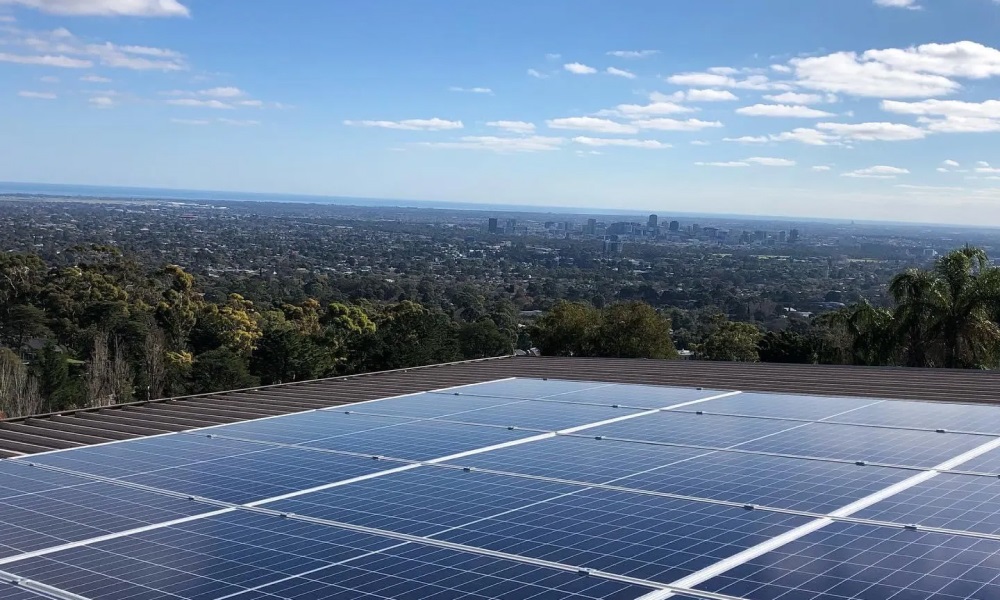
30kW Solar System Benefits
Cost Savings: Generate your own electricity and reduce reliance on the grid, leading to significant savings on energy bills.
Return on Investment (ROI): The upfront investment pays off over time as reduced energy bills and potential incentives result in a favourable ROI.
Environmental Impact: By utilising solar energy, your business reduces its carbon footprint, contributing to a cleaner environment and improved sustainability.
Government Incentives: Take advantage of available government incentives, grants, and tax credits that can substantially lower the initial installation costs.
Stable Energy Costs: Shield your business from the volatility of energy prices by locking in a predictable energy source.
Marketing and Reputation: Showcase your commitment to green practices, attracting environmentally-conscious customers and enhancing your brand reputation.
Long-Term Investment: Commercial solar systems have a long lifespan, providing clean energy for decades with minimal maintenance.
Energy Independence: Generate your own power, enhancing your business’s resilience in the face of energy supply disruptions.
Reduced Peak Demand Charges: Generate power during peak hours, potentially lowering demand charges from the grid.
Property Value: Solar-equipped properties often have higher market values, making your business more attractive to potential buyers or tenants.
Job Creation: The installation and maintenance of solar systems contribute to local job opportunities and economic growth.
Remote Monitoring: Advanced monitoring systems allow you to track energy production and system performance remotely, ensuring optimal efficiency.
What Is The Installation Process For 30kW Solar Systems?
The installation process for a 30kW system typically involves several steps:
Step One: Site Assessment – A solar provider assesses your commercial property’s energy needs, available space, shading, and structural considerations to determine the optimal system design.
Step Two: Design and Proposal – Based on the assessment, the provider designs a customised solar system, including the layout of panels, inverters, wiring, and other components. They present a proposal outlining the system’s specifications, costs, and expected energy production.
Step Three: Permits and Approvals – Necessary permits and approvals from local authorities are obtained before installation begins.
Step Four: Component Procurement – Once you approve the proposal, the provider orders the solar panels, inverters, racking, and other components required for the system.
Step Five: Installation – The installation team arrives on-site. They mount the racking systems securely to your roof or ground, connect the solar panels, and install the inverters and wiring.
Step Six: Wiring and Connection – Wiring is carefully connected to ensure efficient energy flow from the panels to the inverters and into your property’s electrical system.
Step Seven: Inverter Installation – Depending on the system type, an inverter (string inverters, microinverters, or power optimisers) are installed to convert the DC power generated by the panels into usable AC power.
Step Eight: Grid Connection – If your system is grid-connected, it will be connected to the electrical grid through a bi-directional meter that measures both energy consumption and excess energy fed back into the grid.
Step Nine: Testing and Commissioning – The installed system undergoes thorough testing to ensure all components are functioning correctly and efficiently.
Step Ten: Monitoring System Setup – A monitoring system might be set up to allow remote tracking of your system’s performance and energy production.
Step Eleven: Final Inspection – A final inspection may be conducted by relevant authorities to ensure the installation complies with regulations and safety standards.
Step Twelve: Handover and Training – The solar provider provides you with information about system operation, maintenance, and troubleshooting. They might also offer training on using monitoring tools if applicable.
Step Thirteen: Maintenance Plan – A maintenance plan might be discussed to ensure the system’s longevity and performance.
